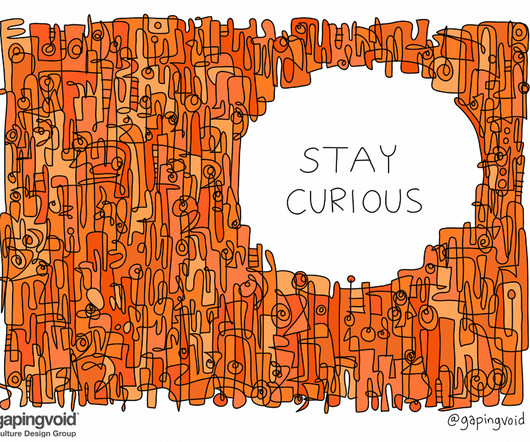FREE THE GENIE for TEAMS FAQ: Frequently Asked Questions
Idea Champions
APRIL 13, 2024
If one of our team members cannot participate in the second session, can he/she/they be replaced by another team member? Yes, as long as the replacement team member has read the Insight & Ideation Report from session #1 and has a clear understanding of what has preceded session #2. What kinds of "How can we?"


















Let's personalize your content